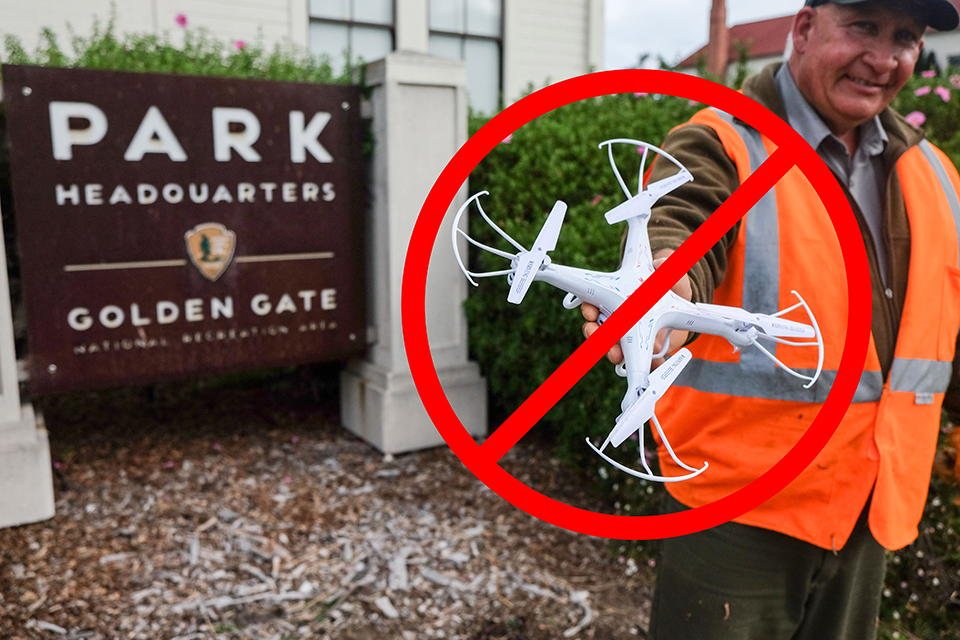I thought it was an FAA rule but it is not, it is a National Parks Service (NPS) rule which carries about the same amount of weight IMHO.
The FAA may have authority over almost all of national airspace, but the airspace directly over National Parks is an exception. Instead, this authority falls on the shoulders of the National Parks Service (NPS). In addition to the National Parks, the NPS also has authority over 60 rivers, 23 nature trails, and hundreds of monuments, historic sites, battlefields, seashores, and biking trails. Clearly, the NPS is quite a powerful agency with a heavy responsibility and an accordingly expansive authority.
The bad news for drone pilots is that the NPS has announced a blanket restriction against drone flight over National Parks since August 2014. Under 36 CFR 1.5, flight of all types of unmanned aircraft has been prohibited over National Parks, including drones and model airplanes.
Even worse is the fact that this blanket restriction also applies to all areas under the jurisdiction of the NPS. This has proven to be quite controversial among the commercial drone community simply because of all the lost opportunities for drones to capture amazing shots of all these natural features and historical landmarks. The NPS also doesn’t offer much by way of concession for commercial drone flight in National Parks, making this restriction one of the most absolute of any drone-related laws.

 www.nps.gov
www.nps.gov











